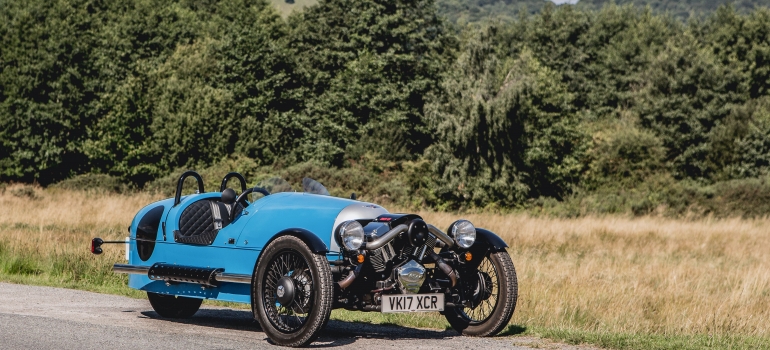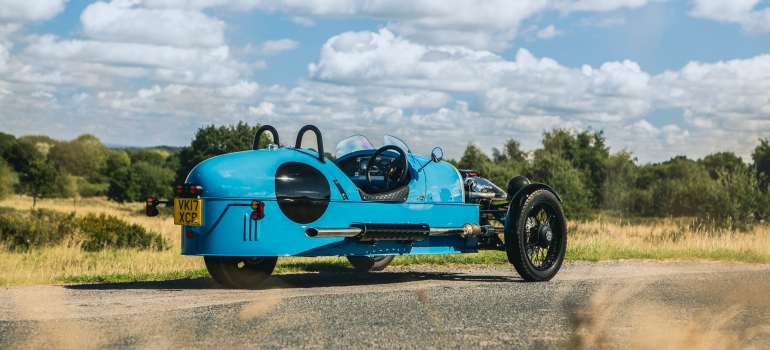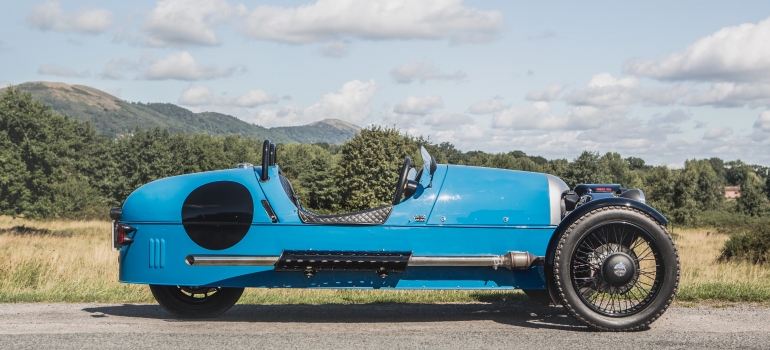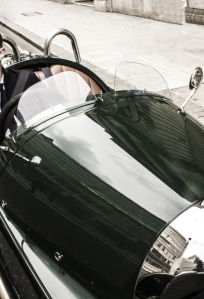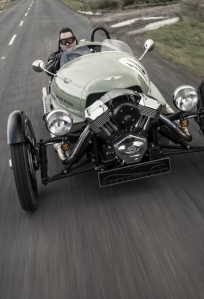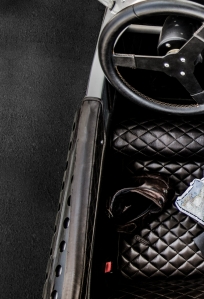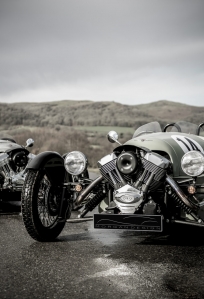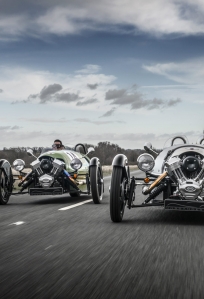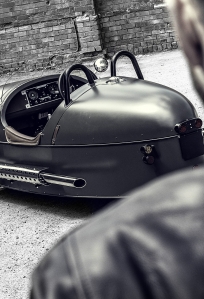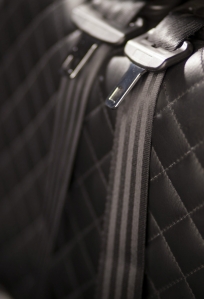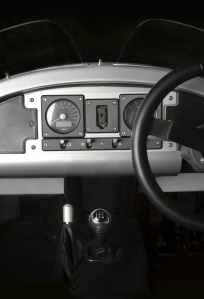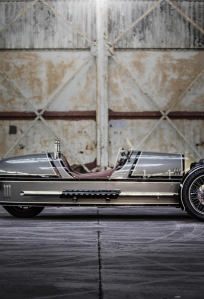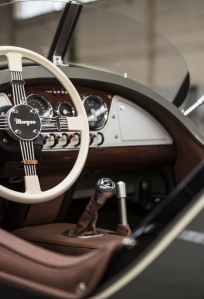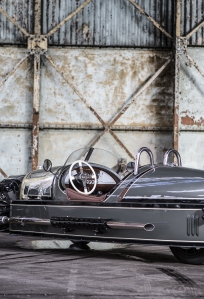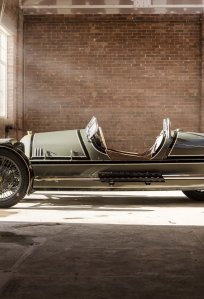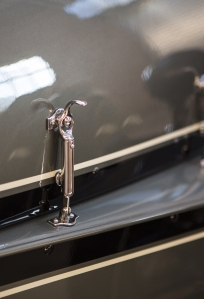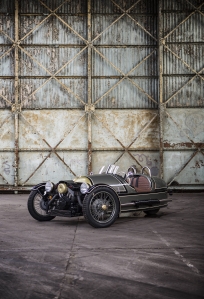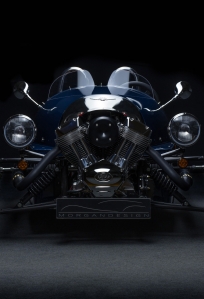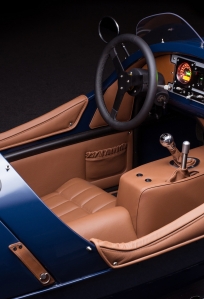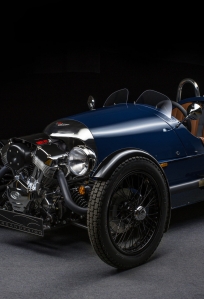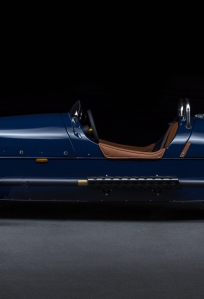
車でひたすら走ることが「冒険」そのものだったあの頃。Morgan 3 Wheeler(モーガン3ホイーラー)に乗れば、当時感じた楽しさや情熱がよみがえります。
そのアイコニックなフォルムはそのままに、Morgan 3 Wheelerには21世紀の技術が投入され、1979ccの「Vツイン」燃料噴射式エンジンとマツダ製5速MTギアボックスが搭載されています。
新規オーダーは終了。国内在庫については正規ディーラーにお問い合わせください。
車両本体価格:7,810,000円(消費税10%込)
Specification
Morgan 3 Wheelerは、あくまでも走ることを楽しむための車です。航空機を思わせる計器盤を装備した革張りのコックピットに座れば、道路を飛ぶかのような気分を味わえます。打てば響くようなレスポンスも備えています。S &S製エンジンは、トルクが大きいため、低い回転数で高い出力を発揮。2.0リッターながらパワフルなこのエンジンを軽量ボディと組み合わせた21世紀のMorgan 3 Wheelerは、同価格帯で他を圧倒するパワーウェイトレシオを誇っています。これまでの概念を覆す加速性能、走行性能、経済性を兼ね備えたMorgan 3 Wheelerは、今こそ乗るべき車です。
EURO4 3 Wheeler
モーガンでは、現行の排ガス規制に対応すべく、Morgan 3 WheelerのEURO4承認獲得に向け取り組んできましたが、このたびEURO4対応の3 Wheelerを英国および欧州各国のディーラーで販売することになりました。このモデルには、規制に適合するための変更が施されただけでなく、オプションも追加されています。さらに詳しい情報や試乗をご希望の方は、最寄りのモーガンディーラーにお問い合わせください。
Technical
| 全長 | 3,290mm |
| 全幅 | 1,740mm |
| 全高 | 1,105mm |
| ホイールベース | 2,390mm |
| 車両重量(乾燥重量) | 585kg |
| エンジンの種類 | S&S V-twin |
| 排気量 | 1979cc |
| ボア x ストローク | 108.0 x 108.0 |
| 使用燃料 | 95+ RON |
| 燃料タンク容量 | 25L |
| 最高出力 | 51kw(69PS)/5,200rpm |
| 最大トルク | 129Nm(13.2kgf/m)2500rpm |
| 最高速 | 185km/h |
| 0-100km加速 | 7.0s |
| トランスミッション | 5速MT |
| サスペンション形式 | ダブルウィッシュボーン/コイル |
| カンチレバー/コイル | |
| ブレーキ形式 | ベンチレーテッドディスク |
| ドラム | |
| タイヤサイズ(標準仕様) | 4.00/19 |
| 175/65/15 | |
| ホイールサイズ(標準仕様) | ワイヤーホイール 3.5J x 19 |
| ワイヤーホイール 6J x 15 |
*諸元数値は、イギリス本国発表値を基にしているため、車検証に記載される数値とは異なります。
*諸元数値は、2019年10月01日現在の数値となり、予告なく変更される場合がございます。
パーソナライゼーションプログラム
他のモーガン車と同様、3 Wheelerも自分好みに仕上げることができます。クラシカルなスタイルをさらに際立たせたり、モダンな雰囲気を加えたりと柔軟にパーソナライズできるよう、機能性とビジュアルの両面をアレンジするための標準オプションや追加装備を厳選してご用意。オーナーお一人お一人にこだわりの3 Wheelerを作り上げる機会をご提供します。

